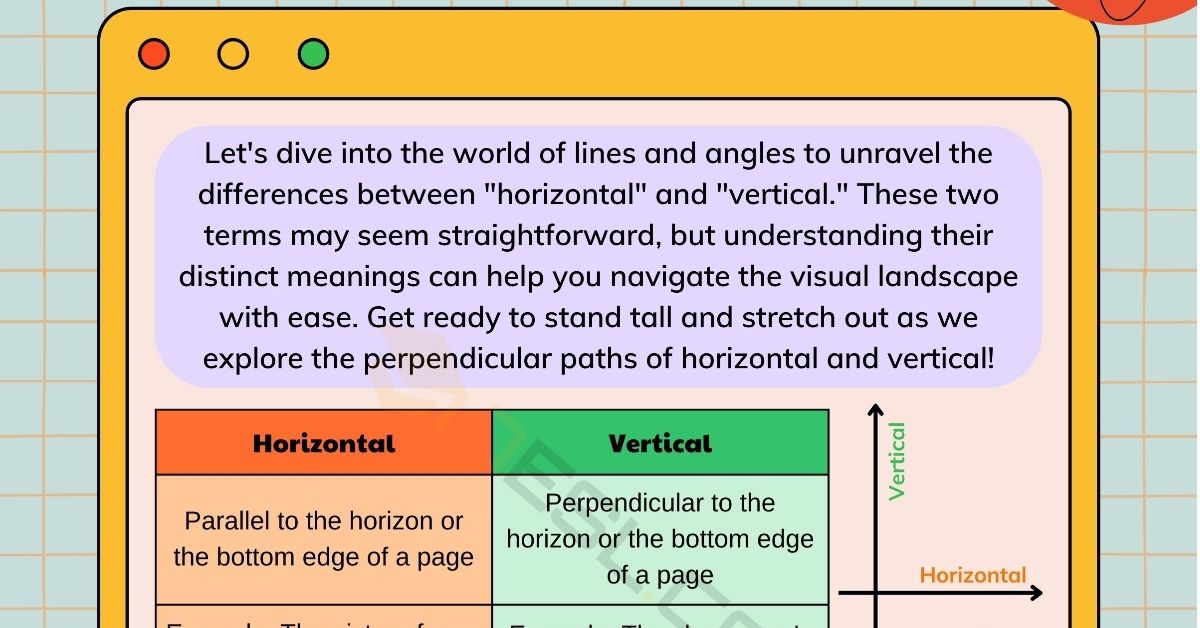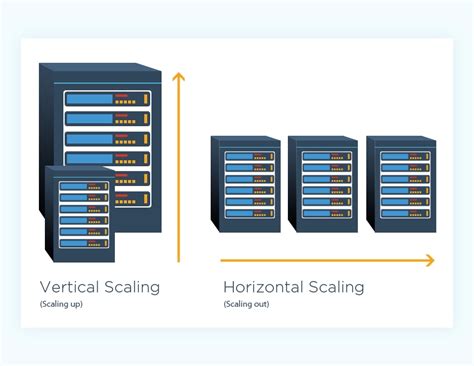Vertical Vs Horizontal

The debate between vertical and horizontal integration has been a longstanding one in the business world, with each approach having its own set of advantages and disadvantages. At its core, the decision to adopt a vertical or horizontal integration strategy depends on a company's specific goals, resources, and industry dynamics. In this article, we will delve into the nuances of both approaches, exploring their definitions, benefits, and drawbacks, as well as the contexts in which one might be more suitable than the other.
Key Points
- Vertical integration involves a company controlling multiple stages of its supply chain, from production to distribution.
- Horizontal integration involves a company expanding its operations into similar markets or industries, often through mergers and acquisitions.
- Vertical integration can offer better control over quality and costs, but it can also be capital-intensive and limit flexibility.
- Horizontal integration can increase market share and reduce competition, but it can also lead to cultural clashes and integration challenges.
- The choice between vertical and horizontal integration depends on a company's strategic objectives, industry conditions, and available resources.
Understanding Vertical Integration

Vertical integration is a business strategy in which a company controls multiple stages of its supply chain, from raw materials to end products. This can include activities such as manufacturing, logistics, and distribution. By integrating these stages, a company can gain better control over quality, costs, and delivery times. For instance, a company like Apple, which designs, manufactures, and sells its own products, is an example of vertical integration. Apple’s control over its supply chain allows it to maintain high-quality standards and reduce its reliance on external suppliers.
Benefits of Vertical Integration
The benefits of vertical integration include improved quality control, reduced costs, and enhanced supply chain efficiency. By controlling multiple stages of the supply chain, a company can ensure that its products meet high-quality standards and are delivered to customers on time. Additionally, vertical integration can reduce costs by eliminating intermediaries and improving logistics. However, vertical integration can also be capital-intensive, as companies need to invest in new assets and technologies to control multiple stages of the supply chain.
Understanding Horizontal Integration

Horizontal integration, on the other hand, involves a company expanding its operations into similar markets or industries, often through mergers and acquisitions. This strategy aims to increase market share, reduce competition, and improve economies of scale. For example, a company like Amazon, which has expanded into various industries such as cloud computing, advertising, and artificial intelligence, is an example of horizontal integration. Amazon’s expansion into these industries has allowed it to diversify its revenue streams and increase its market share.
Benefits of Horizontal Integration
The benefits of horizontal integration include increased market share, reduced competition, and improved economies of scale. By expanding into similar markets or industries, a company can increase its customer base and reduce its reliance on a single market. Additionally, horizontal integration can lead to cost savings and improved efficiency, as companies can share resources and expertise across different business units. However, horizontal integration can also lead to cultural clashes and integration challenges, as companies with different cultures and systems need to be merged into a single entity.
| Integration Type | Benefits | Drawbacks |
|---|---|---|
| Vertical Integration | Improved quality control, reduced costs, enhanced supply chain efficiency | Capital-intensive, limited flexibility |
| Horizontal Integration | Increased market share, reduced competition, improved economies of scale | Cultural clashes, integration challenges |

Case Studies and Examples
Several companies have successfully implemented vertical and horizontal integration strategies. For example, Tesla, which controls multiple stages of its supply chain, from manufacturing to sales, is an example of vertical integration. Tesla’s control over its supply chain has allowed it to maintain high-quality standards and reduce its reliance on external suppliers. On the other hand, companies like Google and Facebook, which have expanded into various industries such as cloud computing, advertising, and artificial intelligence, are examples of horizontal integration. These companies’ expansion into these industries has allowed them to diversify their revenue streams and increase their market share.
Real-World Applications
In real-world applications, vertical and horizontal integration strategies can be used in various industries, from technology to healthcare. For instance, a company like CVS Health, which has integrated pharmacy services, health insurance, and healthcare services, is an example of vertical integration. CVS Health’s control over multiple stages of the healthcare supply chain has allowed it to improve patient outcomes and reduce costs. On the other hand, companies like UnitedHealth Group, which has expanded into various industries such as health insurance, healthcare services, and pharmacy services, is an example of horizontal integration. UnitedHealth Group’s expansion into these industries has allowed it to increase its market share and reduce competition.
What is the main difference between vertical and horizontal integration?
+The main difference between vertical and horizontal integration is that vertical integration involves a company controlling multiple stages of its supply chain, while horizontal integration involves a company expanding its operations into similar markets or industries.
What are the benefits of vertical integration?
+The benefits of vertical integration include improved quality control, reduced costs, and enhanced supply chain efficiency.
What are the drawbacks of horizontal integration?
+The drawbacks of horizontal integration include cultural clashes and integration challenges, as companies with different cultures and systems need to be merged into a single entity.
In conclusion, the choice between vertical and horizontal integration depends on a company’s strategic objectives, industry conditions, and available resources. Companies should carefully evaluate their options and consider factors such as market trends, customer needs, and competitor activity before making a decision. By understanding the benefits and drawbacks of each approach, companies can make informed decisions and achieve their business goals.